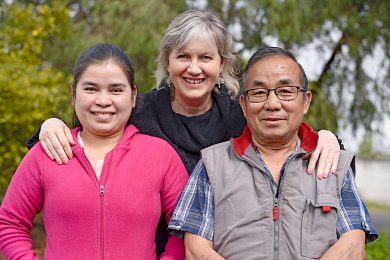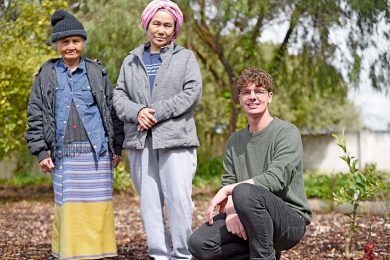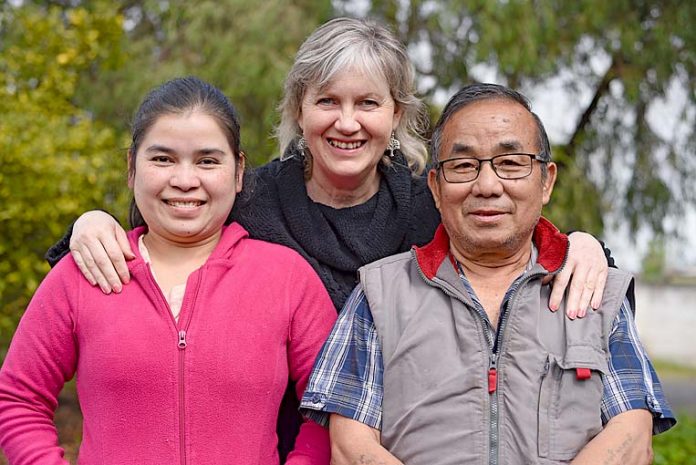
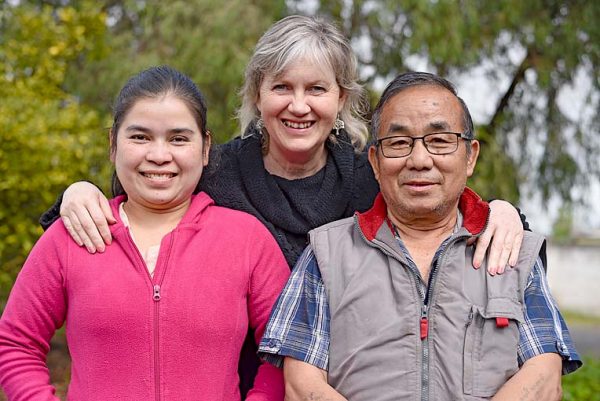
MOUNT Gambier’s Karen and Karenni communities have been the focus of a world first genetic study of their ancient history to unearth whether oral history can be supported by science.
The study was undertaken by the University of Copenhagen’s Centre for GeoGenetics, which is a world leader in ancient DNA research.
The centre focuses on human migration, evolution and environmental DNA.
In cooperation with the Mount Gambier Migrant Resource Centre, a number of people from the Karen and Karenni communities provided DNA samples to an international researcher.
Karen and Karenni people living in Mount Gambier are indigenous to the Karen and Karenni states of Burma (Myanmar) near the Thailand border region in Southeast Asia.
It is 12 years since the first of the Karen and Karenni people came to Mount Gambier from refugee camps in Thailand, fleeing the Burmese military.
They settled in Mount Gambier as part of a pilot program for regional communities and the city is now home to a thriving community.
Researcher Hugh McColl – a PhD student with the University of Copenhagen – presented the findings to the Karen and Karenni community members last week.
Originally from Kalangadoo, Mr McColl traced DNA back thousands of years to verify whether oral stories about their origin have some scientific basis.
While the science could not explain all parts of their oral history, the results suggest these stories handed down over thousands of years appeared embedded in truth.
Migrant Resource Centre manager Anelia Blackie said the study was significant for these migrant communities and gave them confidence their oral history could be supported by science.
She said it was paramount the communities continued to educate younger generations about their history so it was not eroded.
“The results indicated the stories the Karen and Karenni people have been telling about where they come from have scientific support,” Ms Blackie said.
“You can continue to tell your children where you came from and what your oral history is.”
The Mount Gambier Karen and Karenni communities welcomed the findings.
Through an interpreter, community members said the information was important for the younger generation to ensure the stories continued to be told.
Moo Htoo – who has 32 grandchildren – welcomed the research findings given she harboured concerns their history could be forgotten.
“We value our history a lot and it is our responsibility to know our history,” the resident said.
Other members also said it was important for Mount Gambier residents to understand their history and origins.
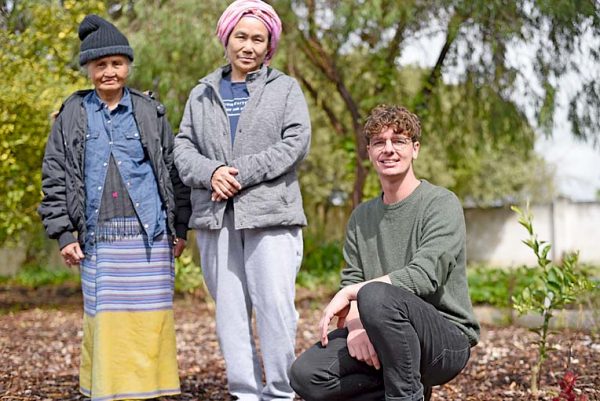
Pictures: SANDRA MORELLO
Revealing the results of his research, Mr McColl said the findings were “exciting”.
“We knew of these ideas from the stories that are told, but we can see from the DNA that Karen and Karenni people are closely related,” the researcher said.
While they have been separate for up to thousands of years, he said it appeared they were once “one people”.
“We can see migration probably happened around 2000 years ago and migration was probably from west-China, the Himalayas, or Mongolia,” Mr McColl said.
“There was not much ancient DNA data from China, which meant identifying a specific origin for the ancient migration was not possible.”
“We were interested in looking at the oral history of Karen and Karenni people and seeing if we could confirm some of the things were true,” Mr McColl told the migrant community.
According to the research, the Mount Gambier Karen and Karenni were once “one people and related”.
Mr McColl said the year-long research project studied DNA from both communities, which included the study of human bones.
“We got lots of bones from across South East Asia and ran some tests,” he said.
He said the results suggested migration happened around 2000 years ago and ancestors had lived in Myanmar from that time.
Mr McColl said the bones tested from 8000 years ago were different, but bones dated 4000 years ago looked “a bit more similar”.
“Bones around 2000 years old genetically looked very similar to the Karen and Karenni people,” Mr McColl said.
He said the research also explored ancient migration patterns, which tried to find some similarities in genetics.
Research showed ancient migration had likely occurred from Tibet/Nepal and Siberia, which showed a “special link”.
“Very small, but something,” Mr McColl said.
He said the Karen and Karenni people’s history was “very interesting”, which sparked his interest in exploring their genetic links.
The research is expected to be published as part of a broader study.

